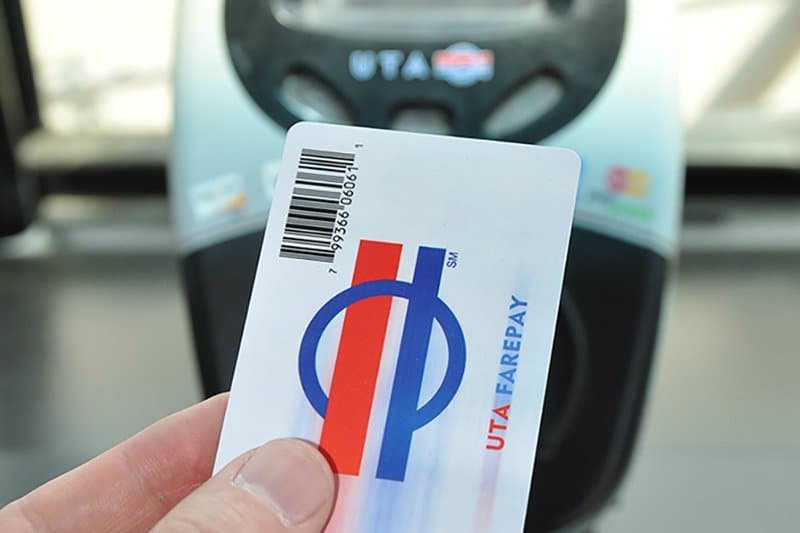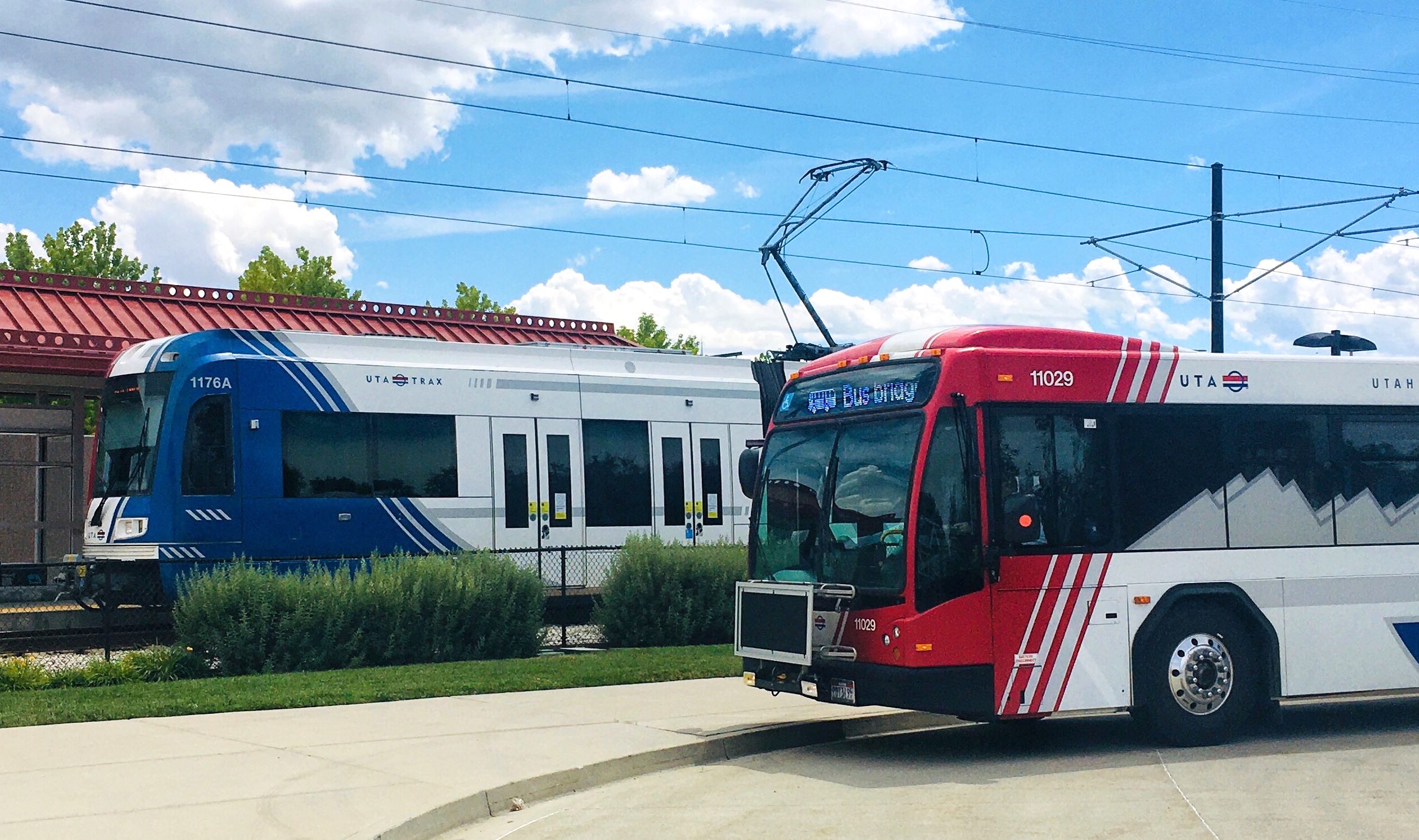
Article Highlights
The Utah Transit Authority has hired fare-collection system vendor Scheidt & Bachmann with a $32.2 million contract to implement and host its new account-based ticketing system, including replacing all validators and ticket-vending machines and also swapping out its mobile-ticketing system.
Table: 8-Year Contract Costs
• UTA (Utah)
• Scheidt & Bachmann
• Masabi
• Passport Labs
The Utah Transit Authority has hired fare-collection system vendor Scheidt & Bachmann to implement and host its new account-based ticketing system, including replacing all validators and ticket-vending machines and also swapping out its mobile-ticketing system, which itself was replaced on an interim basis last year.




















